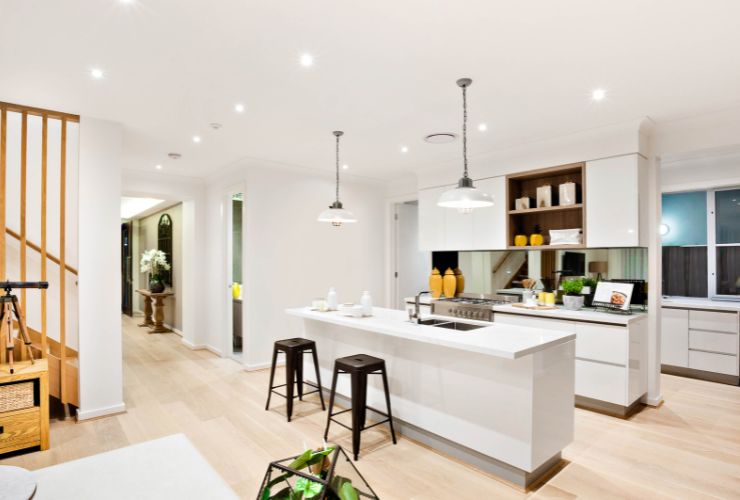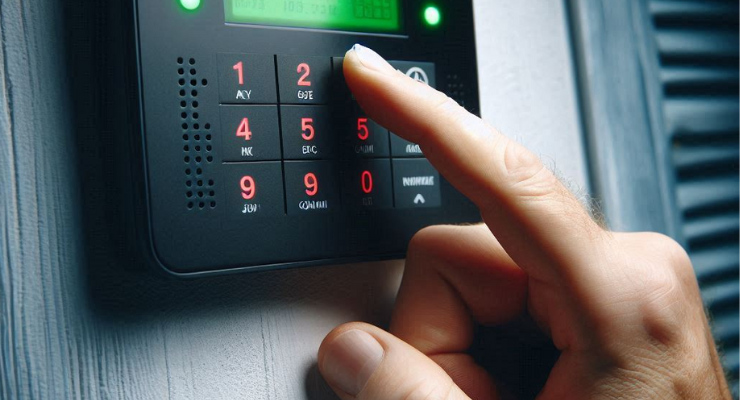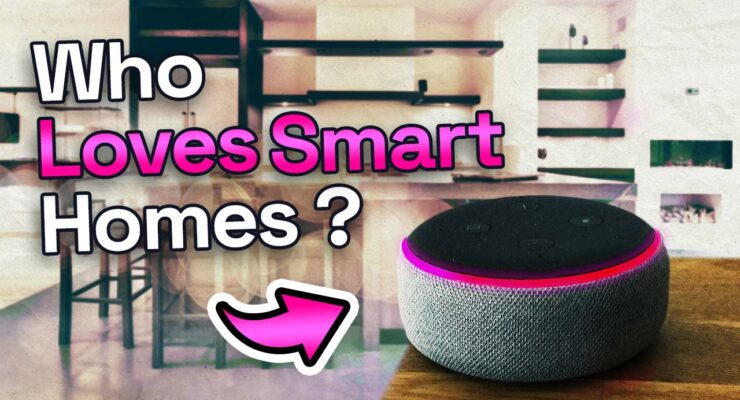
Fast read
Homes that use home automation to increase their energy efficiency and overall liveability are known as smart homes. Smart home controllers, smart air conditioners, smart entertainment equipment, and smart lighting systems are some of these gadgets.
The majority of smart air conditioning systems can be automated on a timer helping to reduce excessive energy usage. Similar to smart air conditioning systems, smart lighting systems can turn on and off automatically using sensors. Smart entertainment devices that can connect to the internet and interact with music and video streaming services include voice-activated speakers and smart TVs.
All these gadgets can be managed and integrated using smart home controllers. Like voice assistants and wireless remote controls. Many homeowners find smart homes to be an appealing alternative. This is because they can increase comfort, convenience, and energy efficiency.
What’s a smart home?
There are almost 260 million smart homes worldwide, and the numbers are growing fast every day. In Australia, around 5 million smart products are installed every year, with the number growing each year.
Baby boomers might say – “what do I need all these devices for? But, at the same time, the younger generation will be less problematic and confused about these new smart home technologies because they are simply a part of growing up.
With many modern homes hopping on board the smart home trend, you may well be thinking. What precisely constitutes these advancements, and what advantages do they offer? Are they merely superficial trends, or do they yield tangible benefits in energy conservation over the long term?
Smart home benefits
Smart homes incorporate automation and ‘smart’ devices. These houses can automate human tasks from using a garage door and a front door locking to temperature control and cleaning tasks.
These houses also facilitate enhanced liveability through internet-connected and remotely usable appliances, from home security to entertainment systems and lighting. Smart homes are also particularly beneficial for those wanting to live more sustainably.
An integrated smart home usually consists of multiple controllable and measurable devices. Such as lights, an entertainment system, a stove, an oven, air conditioning, a heat pump, hot water, and PowerPoint outlet monitors.
You can get a comprehensive breakdown of your energy usage via these PowerPoint monitors. These tips on energy use can help you and your family change your habits to lower your energy consumption.

Smart lights
Smart lighting systems can turn off automatically and turn on when people enter a room. This will be managed via sensors. This feature will save energy, as the space will only be lit when occupied.
Smart air-conditioning
Air-conditioning systems can be automated and placed on a timer. This means excess energy is not wasted by heating or cooling a room that is not used.
Also, Smart Homes can increase one’s comfort level. For example, on an extremely hot day, the air conditioning can be turned on remotely, e.g. 20 min before we arrive. This means the house is cool on arrival.
It can also be pre-programmed to pre-cool the home in hot periods if a house has a solar system. The solar system can provide affordable renewable energy to cool the house during the day or early afternoon.
When you arrive home at night and the sun has set, your house will already be cool, this can help you save money on your electricity bill.
Alternatively, when you are on your way home on a freezing day, you can turn on your heating remotely so that the house is warm and cosy when you arrive.
Smart TV’s
Among the pivotal smart home devices are entertainment appliances, particularly smart TVs, which distinguish themselves from conventional TVs limited to free-to-air channels.
Instead, these TVs connect to the internet and integrate seamlessly with video streaming services such as Netflix, Stan, and Disney +.
Additionally, they possess the capability to access photo libraries, browse the internet, and playback music. In addition, they react to voice commands and can be the smart home hub for other devices.
Other smart home entertainment devices include voice-activated speakers/sound systems connected to your music library and the internet.
But the integration of all these devices together is where the capabilities of a smart home shine. All the smart devices work harmoniously in sync once set up.
Smart home controllers
With a wireless remote control or voice control, you can almost instantaneously turn on your TV, turn off the lights, connect to the internet, play music, or even ask your TV or speaker a question – which will then be answered via the available information on the internet.
Considering this, smart homes are most known for their specifically designed companions, such as Google Home or Amazon’s Alexa.
These devices look similar to an alarm clock, but their capabilities go far beyond. They are voice-activated and controlled and can sync with the devices mentioned above. The integration of all these devices can make a smart home enjoyable.
Smart Home systems
So how does one get a smart home? First, it’s a matter of choosing smart appliances when one replaces the old ones, so step-by-step features and capabilities are enhanced.
Naturally, when one builds a new house, many smart home features in lighting, security, heating, cooling, and energy generation can already be incorporated into the design. So that the comfort level is high and the grid energy use of the new home is low.


